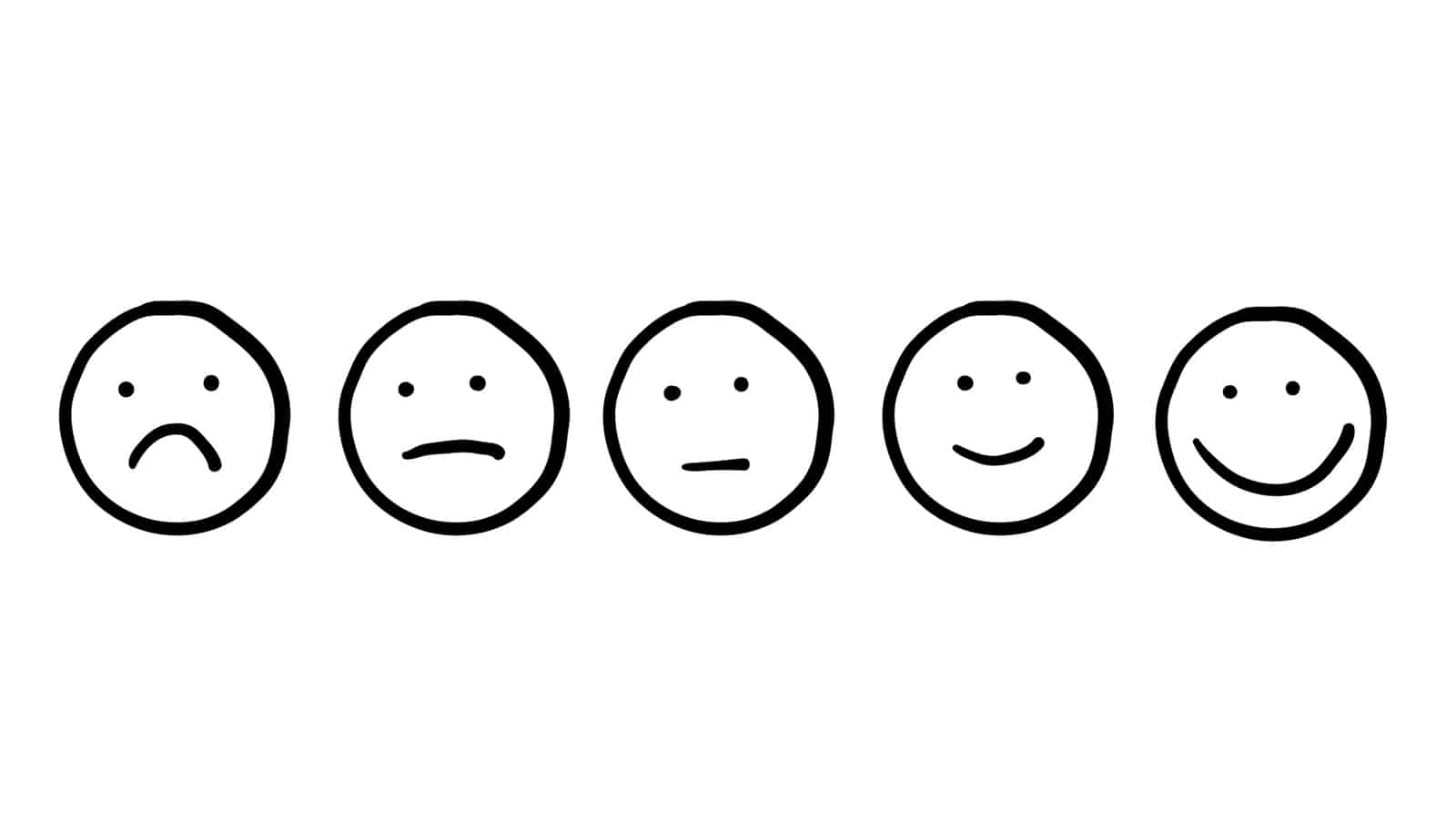A new tool assesses how well people recognize emotion in elementary school-aged children.
The technique will facilitate research on understanding emotions of children—and highlights the fact that adults are often wrong about kids’ feelings.
The new tool, “PerCEIVED Task,” (Perceptions of Children’s Emotions in Videos, Evolving and Dynamic Task) involves having adults review video clips of 72 child actors portraying six emotions. The tool balances children’s races and genders within each emotion.
“This tool allows us to identify whether we have any emotion-related biases,” says Amy Halberstadt, first author of a paper of the work and a professor of psychology at North Carolina State University. “For example, we’ve shown in multiple studies that people are more likely to incorrectly perceive Black children as angry. But we can also look for other forms of bias. For example, are people more likely to think children of one gender are happier? Or we could look at variations such as whether some people are more likely to think children in general are happy or miserable little creatures.”
The researchers validated PerCEIVED Task across four studies involving 477 adults.
The tool features more children, and a more racially diverse cross-section of children, than previous assessments. In addition, the researchers had each emotion expression validated by subject-matter experts.
“In short, we’ve demonstrated that it is the most robust assessment tool we have for determining how people perceive emotions in children,” Halberstadt says.
But in addition to its potential utility for the research community, Halberstadt notes that there are also take-home messages from this work for parents, teachers, and caregivers.
“We do make errors in assessing the emotions of children,” Halberstadt says. “So we need to ask them what they’re feeling. Also, being good at identifying one emotion in children doesn’t mean that you’ll be good at recognizing other emotions.”
Alison Cooke, a coauthor of the paper, also notes, “We’re rarely as good as we think we are at identifying emotions in children. So don’t be quick to assume you know how a child is feeling by the look on their face.”
The paper appears in the journal Emotion. The work took place with support from the William T. Grant Foundation and the National Institute for Child Health and Human Development.
Source: NC State



